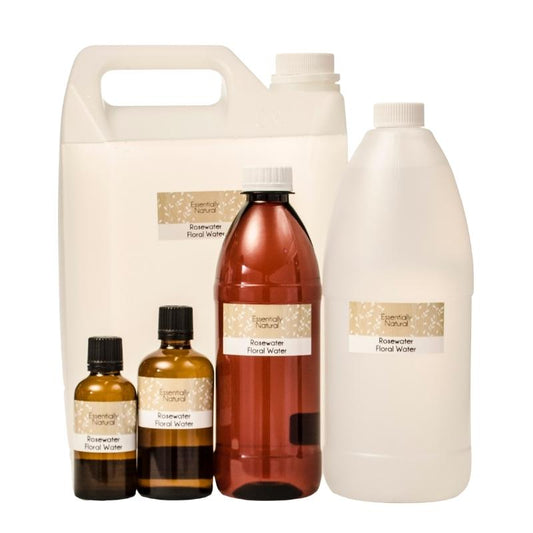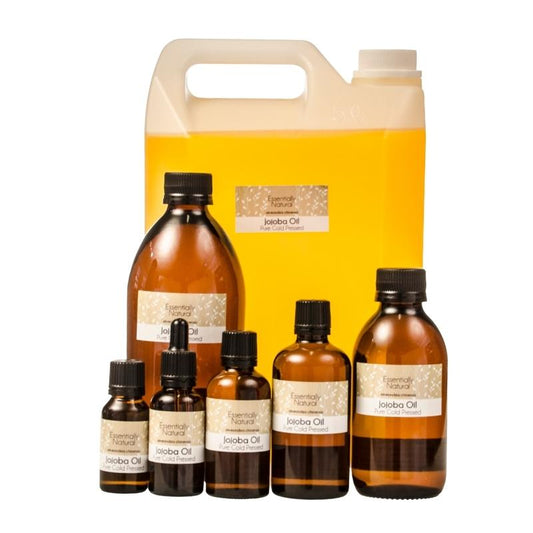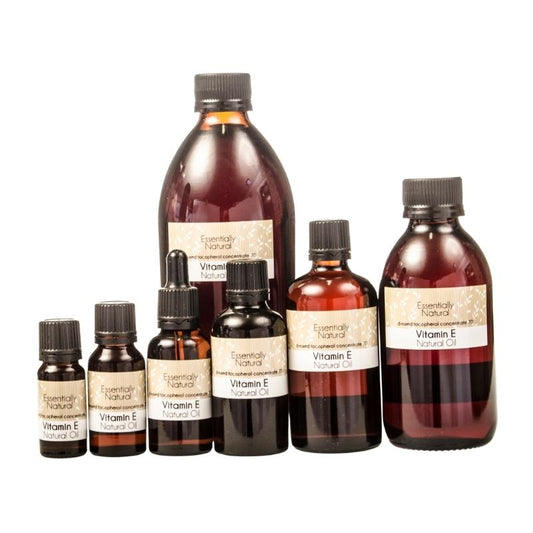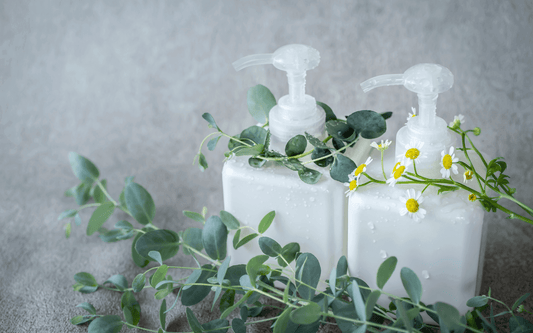
Working With With Vitamin C and Ascorbyl Palmitate
Juliette van der MeerWhat are the benefits of Ascorbic Acid?
Vitamin C is without doubt one of the most effective skin actives. It has great antioxidant qualities and is a skin brightener and anti ager. Vitamin C is extremely well researched and is known for its efficacy. However you need to know how to effectively use it!
Using Vitamin C
We stock two forms of Vitamin C:
The 'pure' and most bioavailable, but unstable form, L ascorbic acid.
And a Vitamin C ester called ascorbyl palmitate, which is a highly stable and oil soluble version.
There are other forms as well, but there are the two that we stock.
Vitamin C Solubility
Different forms of Vitamin C have different solubilities. Ascorbic acid is water soluble, while ascorbyl palmitate is oil soluble. You will need to take these solubilities into account when formulating with Vitamin C.
Usage
Similarly, usage rates will differ. Ascorbyl palmitate is used from 0.2-2% , while ascorbic acid usage varies from 2% up to 20%+ in extreme cases (however I don't recommend you go higher than 10% without a dermatologist's supervision).
pH of Vitamin C
Different forms of Vitamin C have different pH levels and pH requirements. Ascorbic acid being in its natural acid form, needs an acidic environment
Where is Vitamin C found?
Vitamin C is most commonly found in leave-on products such as serums and moisturisers. I don't recommend using it extensively in rinse-off products as it won't have time to work in the skin.
Formulas & Working With Vitamin C
Formulating with Vitamin C can be more complex than simply dissolving and incorporating into a formula. Ascorbic acid in particular is highly sensitive to light and oxygen and will oxidise in a short time. If you notice your formulas containing Vitamin C are looking a shade browner with time, then your Vitamin C has likely oxidised and will be ineffective.
Fortunately there are ways to stabilise Vitamin C. L'oreal even has a patent on a stabilisation process involving ferulic acid and Vitamin E to stabilise the Vitamin C.

























6 comments
Can we get all these ingredients in your shop so i can make the serum for skin?